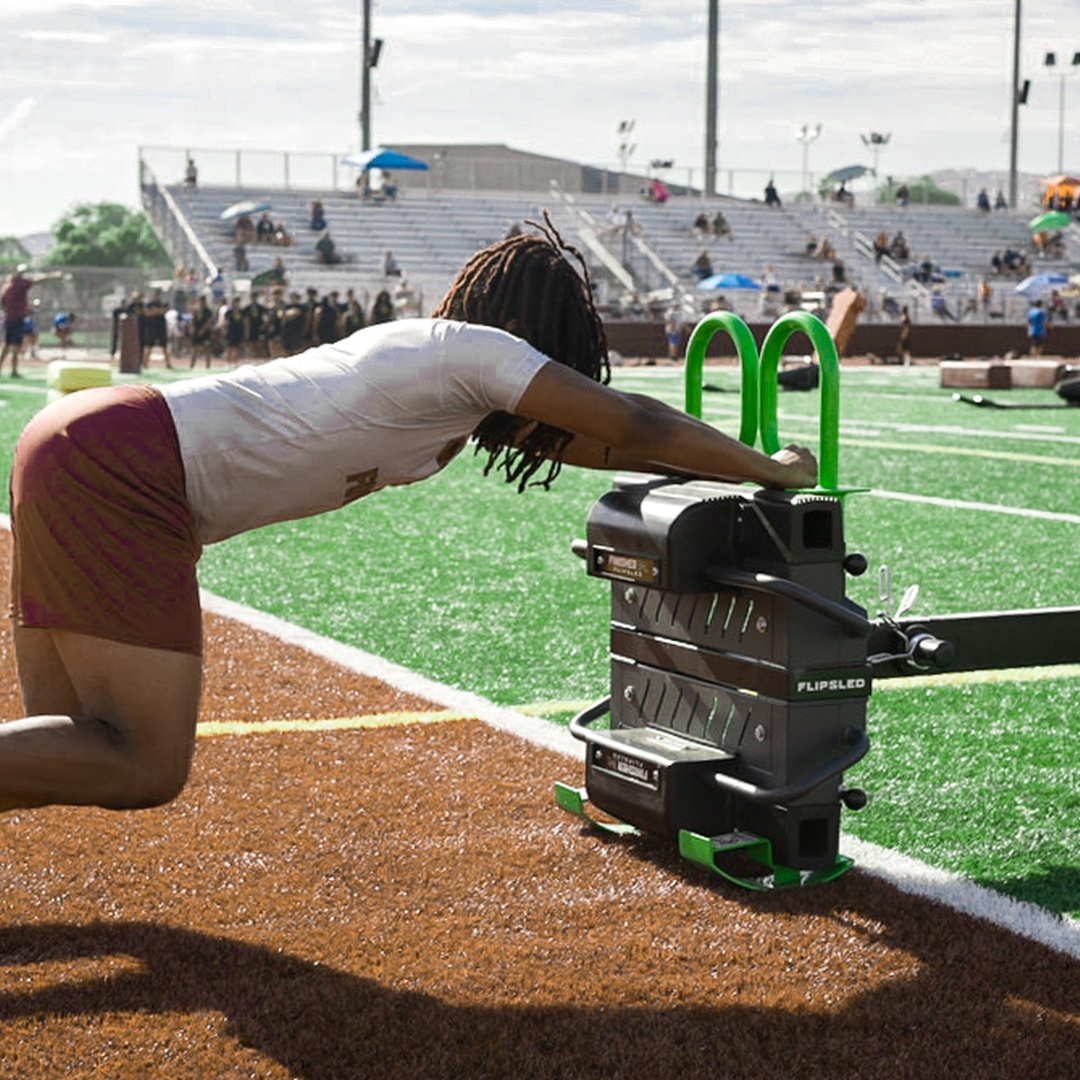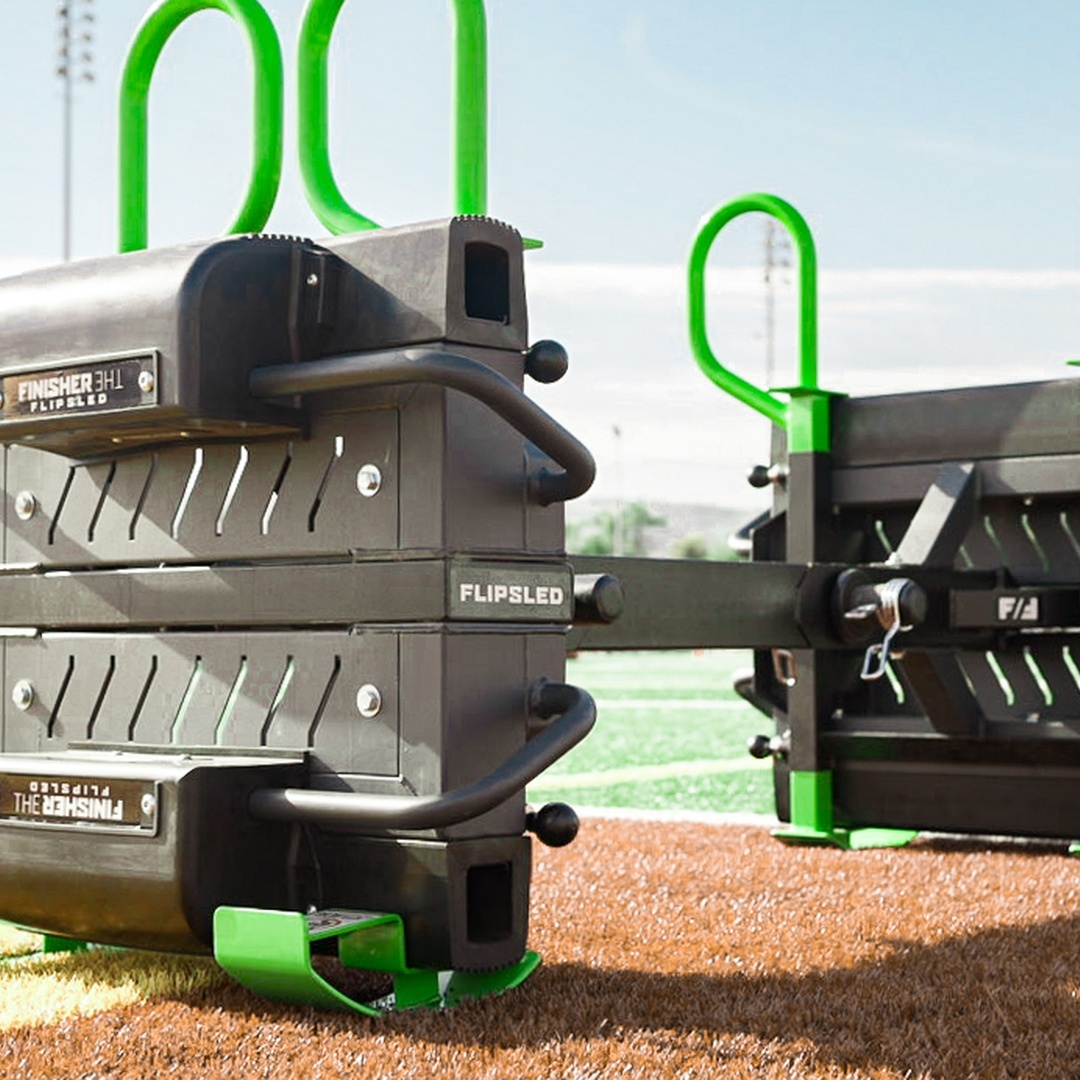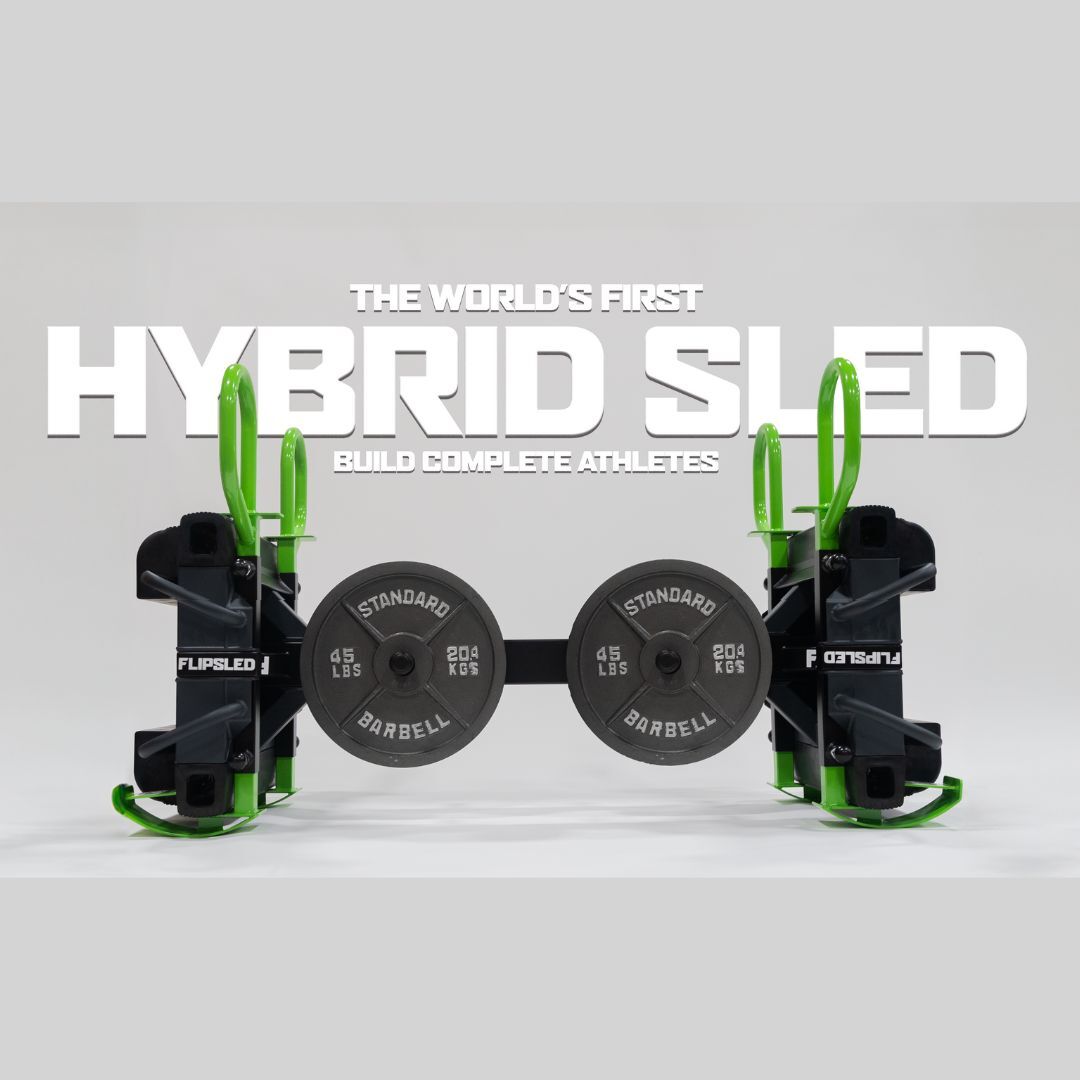Training athletes demands precision and a deep understanding of their individual fitness journey. The strategy for a beginner is worlds apart from that of a seasoned competitor. Recognizing these differences is crucial for maximizing performance and preventing injury. Every athlete brings unique needs and goals to the table; a novice needs to build foundational movement patterns, while an elite athlete requires sophisticated programming to push their limits.
Effective coaching hinges on matching the program to the athlete's current abilities while providing the right challenge. This builds confidence in beginners and drives advanced athletes to peak performance. Whether you’re a football coach or a group of trainees for a tactical job, like firefighters or police officers, our guide below will show you how to train a beginner vs. an advanced athlete.
Understanding the Beginner Athlete
New athletes arrive with enthusiasm but limited experience. Their bodies haven't developed the neuromuscular coordination that comes from consistent training. Assessment becomes your priority, so evaluate the basic movement patterns of the athlete, such as squats, lunges, and pushes. Watch for compensation patterns, mobility restrictions, and strength imbalances.
Beginners need time to develop proper form before adding complexity or intensity. Their nervous systems require repetition to establish motor patterns. Focus on teaching fundamental movements with bodyweight exercises before introducing external resistance.
Foundation First Approach
Beginner athletes benefit from mastering basic movement patterns. Start with bodyweight squats, planks, and basic pushing movements. Teach proper breathing techniques and core stability. These athletes often struggle with coordination, so keep exercises simple and focus on quality over quantity.
Movement quality takes precedence over load or speed. Spend time correcting form and explaining the why behind each exercise. Beginners respond well to clear instructions and positive reinforcement. Their bodies adapt quickly when given appropriate stimulus and adequate recovery time.
Basic FlipSled Applications for Beginners
The FlipSled is not just a weight sled; it’s also a great teaching tool for new athletes, as it excels at teaching fundamental strength patterns to beginners. Start with basic sled pushes using lighter weights. This exercise teaches proper pushing mechanics while building lower-body strength and cardiovascular endurance. The controlled nature of sled work makes it less of an injury risk for beginners than free weights.
Sled drags introduce pulling patterns safely. Beginners can focus on maintaining proper posture while developing posterior chain strength. The FlipSled's stability allows athletes to concentrate on form without worrying about balance or coordination challenges found in other exercises.

Understanding the Advanced Athlete
Now that we understand how to train a beginner, what about an advanced athlete? Developed athletes possess refined movement skills and well-developed strength bases. They've mastered fundamental patterns and can handle complex exercises with proper form. These athletes require sophisticated programming that challenges multiple energy systems while addressing specific performance goals.
Assessment shifts from basic movement screening to performance testing. Measure power output, strength ratios, and movement efficiency. With advanced athletes, training is more subtle, as developed athletes work on correcting subtle imbalances with targeted exercises and workouts. They can handle higher training volumes and more frequent exposure to maximal efforts.
Performance-Driven Programming
Advanced athletes thrive on variety and complexity. Their bodies adapt quickly to training stimuli, requiring constant program adjustments to sustain improvement. Incorporate plyometric exercises, Olympic lifting variations, and sport-specific movement patterns. These athletes can handle multiple training stressors within a single session.
Recovery becomes increasingly important as training intensity rises. These athletes push their bodies to the limits of adaptation, making proper recovery protocols essential. Monitor training load carefully and adjust based on performance metrics and subjective feedback.
Advanced FlipSled Training Methods
The FlipSled transforms into a power development tool for the most developed athletes. Sprint-style pushes with moderate weights develop explosive hip extension. Lateral drags challenge frontal plane stability while building rotational power. These exercises complement traditional training methods while reducing joint stress.
Advanced athletes can handle complex FlipSled circuits combining multiple movement patterns. Alternate between pushing, pulling, and flipping movements to create comprehensive training sessions. The versatility of the FlipSled enables sport-specific adaptations that directly translate to competition demands.
Programming Differences Between Athletes
Beginner programs emphasize consistency and gradual progression. Sessions focus on learning proper movement patterns with adequate rest between exercises. Volume starts low and increases slowly as work capacity improves. Recovery receives equal attention to training sessions themselves.
Sophisticated exercise programs for advanced athletes demand higher intensities and more complex periodization schemes. These athletes can handle multiple training sessions per day and recover effectively between efforts. Programming becomes more art than science as individual responses vary significantly among elite performers.
Load and Volume Considerations
With beginners, the priority should be honing fundamentals and technique, so starting with light and moderate loads is best. Begin with bodyweight exercises and add external resistance gradually. The FlipSled's adjustable weight system allows precise load progression as strength develops. Focus on time under tension rather than absolute resistance.
Advanced athletes require more variety in loading schemes to continue adaptation. Alternate between heavy-strength days and explosive-power sessions. The FlipSled accommodates both needs through its wide weight range. Heavy drags build absolute strength while lighter sprints develop power output.
Nutrition and Recovery Strategies
Beginner athletes can underestimate nutrition's impact on training adaptation. Educate them about proper fueling strategies and hydration requirements. Simple guidelines work better than complex meal plans. Focus on whole foods, adequate protein intake, and consistent meal timing.
Athletes with greater experience typically understand the basics of nutrition but may need fine-tuning for specific goals. Competition preparation requires precise nutrient timing and supplement strategies. Monitor body composition changes and adjust intake accordingly.
Recovery Protocol Development
Sleep quality impacts both populations, but becomes even more important for advanced athletes pushing adaptation limits. Beginners need education about sleep hygiene and stress management. Advanced athletes may require sophisticated recovery monitoring and intervention strategies.
Active recovery takes different forms for each group. Beginners benefit from light movement and mobility work. Advanced athletes may need contrast therapy, massage, and other advanced recovery modalities.

Progression and Periodization Principles
Progressive overload applies to both populations but manifests differently. Beginners can handle linear progression for extended periods. Simply adding weight, reps, or exercise complexity drives adaptation. The FlipSled supports this approach through its adjustable resistance system.
Advanced athletes require more complex periodization models. Training phases must target specific adaptations while managing fatigue accumulation. The FlipSled integrates into various periodization schemes, supporting strength, power, and conditioning phases throughout the training year.
Long-term Athletic Development
Beginner athletes benefit from exposure to various movement patterns and training modalities. Avoid early specialization and focus on general athletic development. The FlipSled's versatility allows exploration of different training emphases without requiring multiple pieces of equipment.
Advanced athletes require special training that mimics competition or professional fitness demands. The FlipSled adapts to sport and tactical needs through diverse loading patterns and movement angles. This specificity helps maintain general strength while developing competition-ready power.
Building Your Training Philosophy
Unlock every athlete’s potential by matching training methods to their unique capabilities and goals. The FlipSled’s adaptable design and versatile applications make it the ultimate tool for both ends of the athletic spectrum. Whether you're building foundational strength in beginners or forging explosive power in advanced athletes, the FlipSled delivers unparalleled results. Whether you’re preparing a football team or tactical recruits, the FlipSled is the ideal training tool for beginners and advanced athletes.
You May Also Like
These Related Stories

Progressive Overload: FlipSled vs Tires

How to Train Like a Hybrid Athlete: Strength + Endurance
-1.png)
.png?width=2004&height=239&name=FlipSled%20Logo%20HRZ%20WHITE%20(1).png)
